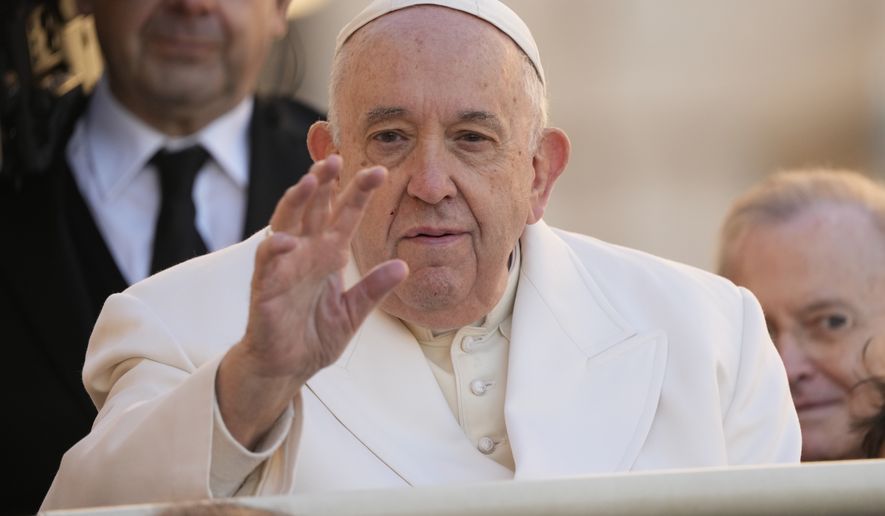Centuries of dispute between Roman Catholic and Eastern Orthodox churches on how to calculate the date of Easter may come to an end if Pope Francis’ latest appeal is implemented.
Meeting Nov. 19 with Mar Awa III, the head of the Assyrian Church of the East, Francis called for an end to disagreements in how Catholics and Eastern churches determine the date of Easter each spring.
“Let us have the courage to put an end to this division that at times makes us laugh: ’When does your Christ rise again?,’” Francis told Mar Awa in remarks following their meeting at the Vatican. “I’m willing, yet not [only] me, the Catholic Church is willing to follow what Saint Paul VI said. Agree and we will go where you say,” the pontiff added.
The two bodies fell out over the calculation of Easter after the introduction of the Gregorian Calendar by Pope Gregory XII in 1582. Eastern Orthodox churches still use the Julian Calendar, proposed by Julius Caesar in 46 A.D. The two calendars are 13 days apart, with the Julian trailing the Gregorian.
There is also a question of how the date for Easter should be calculated. The Council of Nicea in 325 A.D. said Easter should be celebrated on the Sunday following the first full moon that falls on or after the spring equinox. In practice, this means Easter can fall between March 22 and April 25.
Orthodox Churches have a different requirement: Easter, or Pascha, must take place following the Jewish observance of Passover.
In 2025, Francis noted in his remarks, the two branches of Christianity will celebrate Easter on the same Sunday.
He said, “2025 is an important year: we will celebrate the anniversary of the first Ecumenical Council (of Nicea), yet it is also important because we will celebrate Easter on the same date.”
Francis told Mar Awa he thanked the Assyrian Christian leader “for having voiced the desire to find a common date for Christians to join in celebrating Easter.”
• Mark A. Kellner can be reached at mkellner@washingtontimes.com.




Please read our comment policy before commenting.